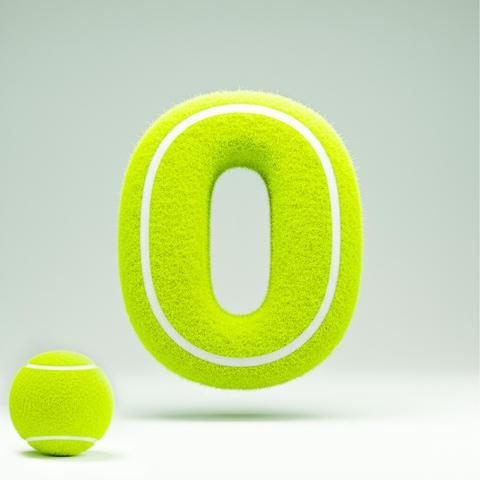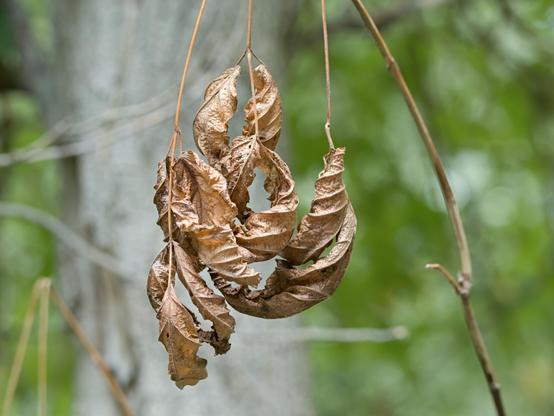O stands for „On Court“ – and on point. 🎾
Today’s letter comes with a sporty twist: a neon-yellow furry “O”, textured like a real tennis ball.
The ball next to it? Just to check if the texture match is legit. Spoiler: it is.
#Typography #3DArt #LetterDesign #CreativeTypography #TypeDesign #VisualDesign #Adobe #AIDesign #AlphabetDesign #TennisTexture #NeonYellow #TextureDesign #3DLettering #DesignInspiration

